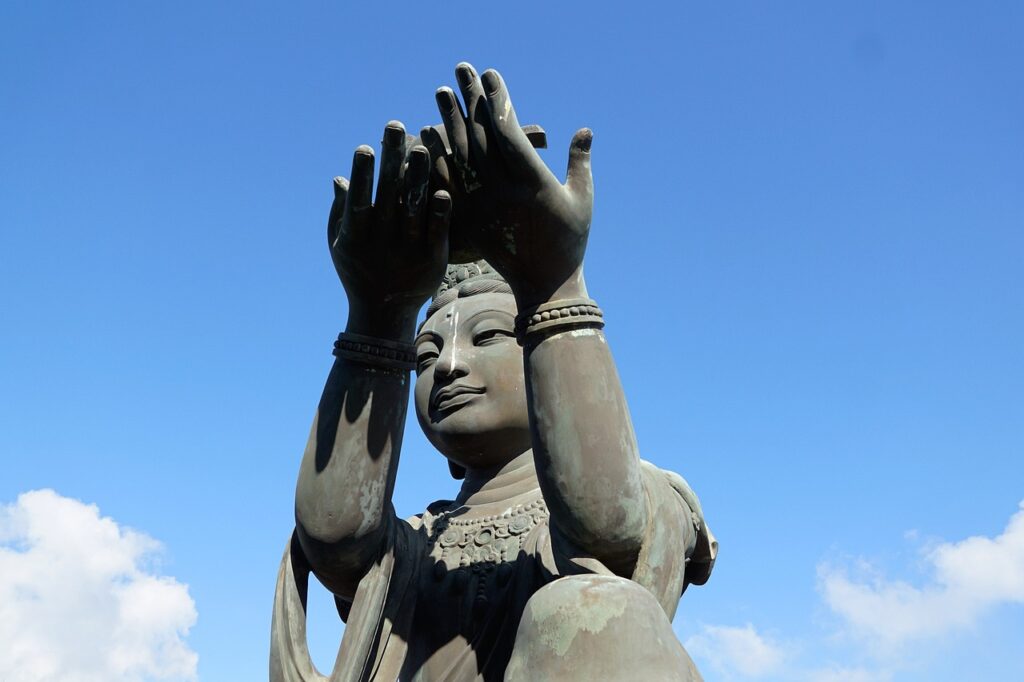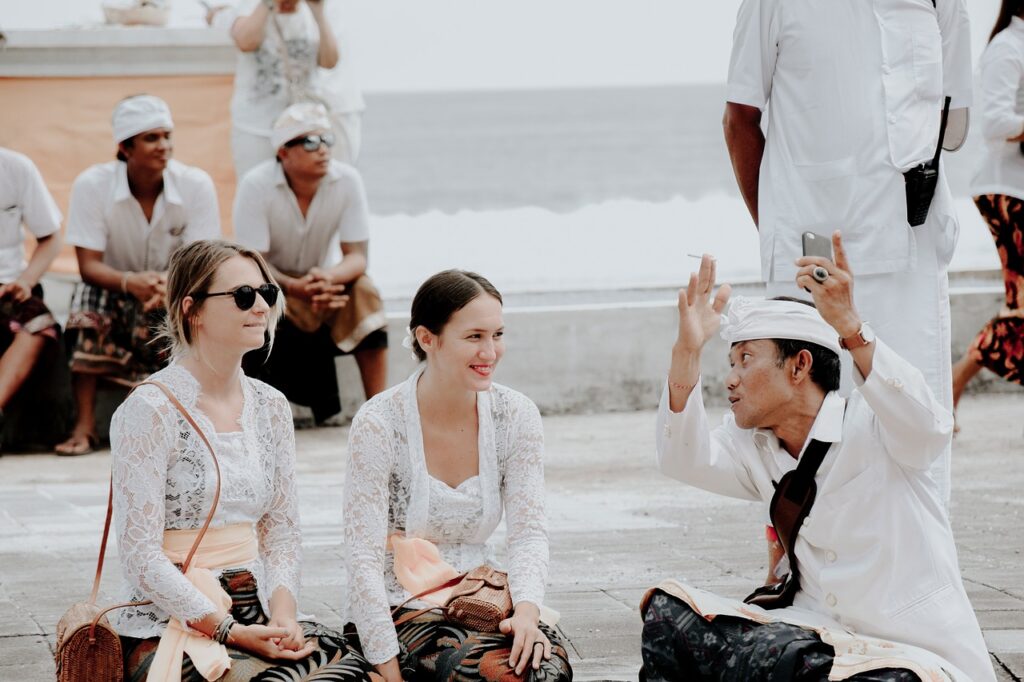
5 Quick Tips for Cultural Etiquette: Respect and Connect
Understanding cultural etiquette is key for responsible travel. It’s about showing respect and awareness. In this blog post, we’ll explore 5 quick tips for cultural etiquette These tips will help you navigate diverse cultures smoothly. Cultural etiquette is not just a nicety; it’s also a way to enhance your travel experience. So, let me take you through these five essential tips to ensure you connect with locals and their customs with respect.
Do Your Research Before You Go
Before leaving on your journey, take the time to do some homework. Researching cultural etiquette is the first step to ensure a respectful and enriching travel experience. Learn about the customs, traditions, and social norms of the destination you plan to visit. Dive into books, watch documentaries, or read online articles about the local culture. This preparation will help you avoid unintentional cultural missteps and show locals that you respect and appreciate their way of life. So, start with the basics and build your cultural awareness even before you set foot in a new place.
Learn Basic Local Phrases
Language is a powerful bridge to cultural understanding. To connect with locals and show your cultural etiquette, take the initiative to learn a few basic phrases in the local language. Simple greetings like “hello” and “thank you” can go a long way in breaking the ice and demonstrating respect. You don’t need to be fluent, but making the effort to communicate in the language of the region shows that you are genuinely interested in engaging with the local culture. Before your trip, consider using language learning apps or phrasebooks to familiarize yourself with these essential phrases. This small gesture can lead to more meaningful interactions and a deeper appreciation of the culture you’re exploring.
Observe and Follow Local Customs
Cultural etiquette extends beyond words; it encompasses actions and behaviors. When you arrive at your destination, pay close attention to how locals behave and interact. Observe common customs such as dress codes, dining etiquette, and religious practices. It’s crucial to respect these customs, even if they differ from what you’re used to back home.
For example, in some cultures, it’s customary to remove your shoes before entering someone’s home. In others, covering your head may be a sign of respect in places of worship. By following these customs, you show appreciation for the local way of life. It’s a way of saying, “I respect your traditions and values.” So, blend in and adapt to the cultural norms you encounter; it’s a powerful way to connect with the community you’re visiting.
Be Mindful of Non-Verbal Communication
Cultural etiquette also involves non-verbal communication. Your body language, gestures, and facial expressions can convey respect or disrespect, often without you even realizing it.
For instance, a simple gesture like a thumbs-up might be positive in some cultures but offensive in others. To avoid misunderstandings, be cautious about the non-verbal cues you use. When in doubt, it’s okay to ask or seek feedback from locals.
Remember, a warm smile is a universal sign of friendliness, but other gestures may not be as universally understood. Being mindful of your non-verbal communication shows that you’re making an effort to connect with cultural sensitivity and respect.
Interact and Ask Questions with Respect
Engaging with locals is a fantastic way to immerse yourself in a new culture and practice cultural etiquette. Show your genuine interest by asking questions about their way of life, traditions, and experiences.
When you approach conversations with respect and curiosity, you’ll find that people are often more than happy to share their culture with you. However, remember to be sensitive and avoid prying into personal or sensitive topics.
Additionally, if you want to take photos of people or their property, always ask for permission first. Respecting their privacy and boundaries is a sign of cultural awareness and respect.
Embrace conversations and connections, and you’ll not only gain insights into the local culture but also create meaningful memories of your travels.

Remember, cultural awareness and etiquette aren’t about being perfect; they’re about showing that you genuinely care about the people and traditions you encounter on your travels. So, as you venture into new lands, carry these tips with you, and watch as the world opens up in ways you never imagined.
Share your cultural experiences or tips below!

I found this blog post on cultural etiquette to be quite insightful. In a diverse community, it’s essential to remember that cultural respect and understanding can enhance our experiences.
These tips offer a great reminder to be mindful of our fellow community members’ backgrounds, traditions, and values. By fostering a culture of respect and connection, we can create a more inclusive and enjoyable environment for everyone. Thanks for sharing these valuable insights!
Hi Jake,
Thank you for your comments. I fully agree with you, that fostering a culture of respect and connections creates a much more inclusive and enjoyable environment for everybody!
Thanks,
Andrew